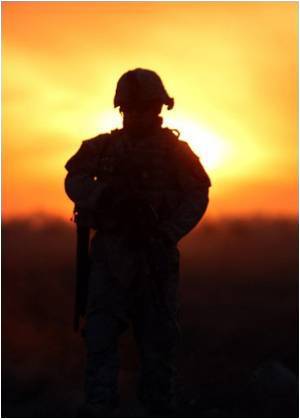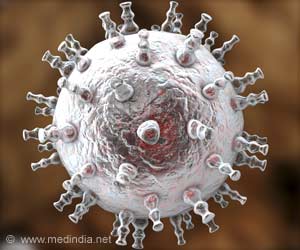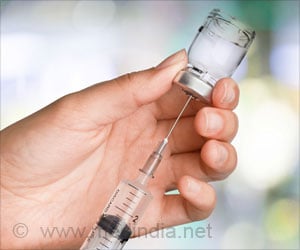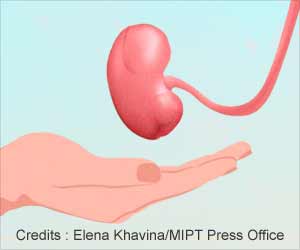Armed conflict is seen in 54 ongoing state-based armed conflicts in 35 countries. This shows that the indirect effects of armed conflict on women and children are far greater than the effects of actual fighting.
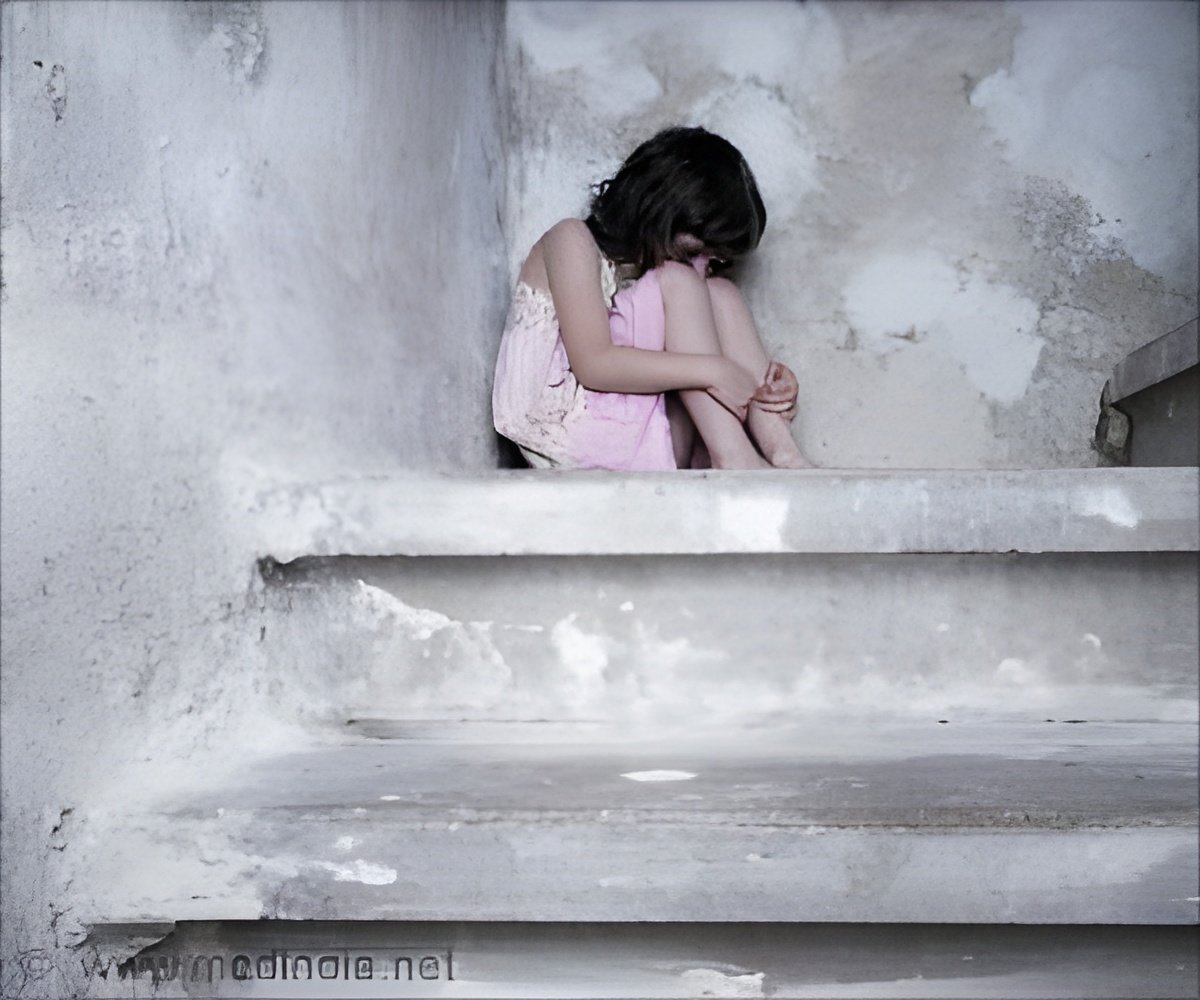
‘There are 54 ongoing state-based armed conflicts in 35 countries. This shows that the indirect effects of armed conflict on women and children are far greater than the effects of actual fighting.’





"It's time for a radical rethink of the global response that confronts challenges to insecurity, access, politics, coordination, and the logistics of delivering high-priority interventions to women and children in politically unstable and insecure settings," said co-author Zulfiqar Bhutta from the Centre for Global Child Health, The Hospital for Sick Children in Toronto in Canada. The Series papers explores the changing nature of war and conflict, its short- and long-term health effects on women and children, strategies for identifying best responses, and interventions supported by in-country assessments and studies.
Evidence suggests that the risk of dying from non-violent causes increases substantially with proximity to more intense and chronic conflicts, with women of childbearing age in Africa living near the highest-intensity fighting three times more likely to die than women in peaceful areas, and the risk of death among infants higher by more than 25 per cent.
Between 6·7 and 7·5 million infants, and more than 10 million children under 5 years of age, born within 50 km of armed conflict are estimated to have died from the indirect consequences of fighting across Africa, Asia, and the Americas between 1995 and 2015.
"It is clear that the indirect effects of armed conflict on women and children are far greater than the effects of actual fighting," said Series co-author Hala Ghattas, Director of the Center for Research on Population and Health, American University of Beirut, Lebanon.
Advertisement
In 2019, there were 54 ongoing state-based armed conflicts in 35 countries, averaging 20 years or more.
Advertisement
It is characterized by the systematic use of explosive and chemical weapons in cities, pervasive sexual violence against women and girls, and hybrid warfare -- cyberattacks and the manipulation of social media, said the research.
Source-IANS



